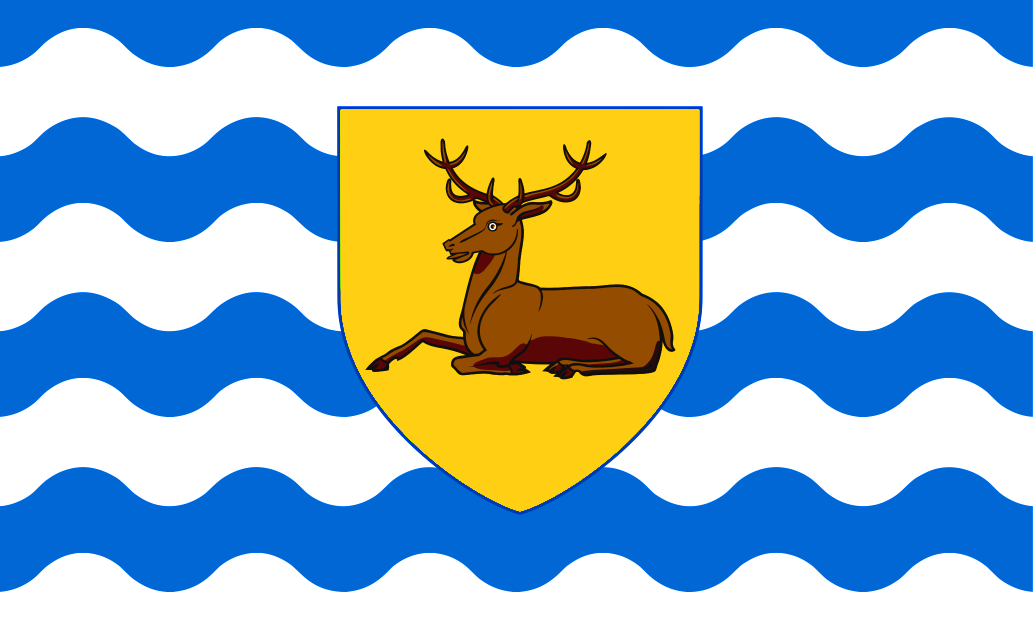Hertfordshire, particularly southern Hertfordshire, is much affected by its closeness to the Metroplitan conurbation, sprouting ubiquitous red-brick housing developments and hostile trunk roads. Despite that though much of the county has remained rural and unspoilt.
The west of Hertfordshire rises into the edge of the Chilterns, with its typical small villages and beechwoods. From the Colne Valley’s birch and blackthorn woodlands to the mixed farmlands of the bulk of the county are networks of footpaths for all to enjoy. The county’s most charming town is the city of St Albans. It stands on a hill overseen by St Albans Abbey, a very large and distinctive church, and a cathedral since 1877. St Albans has the important Roman remains of the city of Verulamium. Hertford, the county town, combines the old market town with a busy modern outer town.
County Facts
County Town: Hertford
Main Towns: Abbots Langley, Barnet, Berkhamstead, Bishop’s Stortford, Borehamwood, Hatfield, Hemel Hempstead, Hitchin, Hertford, St Albans, Tring, Watford, Welwyn Garden City.
Main Rivers: Lea, Colne, Stort, Ivel, Rib, Mimram.
Highlights: St Albans Cathderal; Shaw’s Corner, Ayot St Lawrence; Hatfield House; Verulamium roman remains.
Highest Point: Pavis Wood (nr Hastoe), 803 feet.
Area: 727 sq miles
County Flower: Pasqueflower



